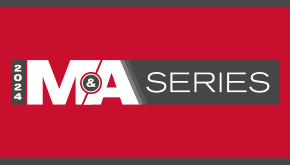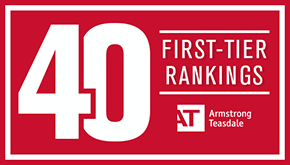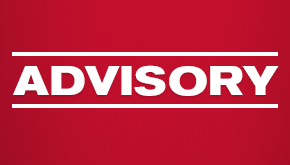OSHA Issues Interim Enforcement Response Plan for COVID-19
Today, the Occupational Safety and Health Administration (OSHA) issued its Interim Enforcement Response Plan for COVID-19, which instructs OSHA field personnel in the proper investigation of COVID-19-related complaints, referrals, and employer-reported hospitalizations and fatalities. The guidance clearly signals that OSHA’s intent is to avoid having to conduct on-site COVID-19-related inspections of worksites, and that it wishes to reserve such on-site inspections for the health care and emergency response industries.
The guidance directs compliance safety and health officers (CSHOs) to focus enforcement efforts on “high and very high exposure risk jobs,” which are generally in the health care field and present heightened risk of employee exposure to COVID-19. OSHA indicates that on-site inspections should rarely be conducted for lower-risk worksites, and only sparingly for high or very high risk worksites.
The guidance recommends that in most cases, complaints, even formal complaints, from lower risk worksites be handled as “non-formal phone/fax.” Phone/fax is a long-standing means of addressing employee complaints in which OSHA faxes or emails a letter to the employer and gives the employer an opportunity to respond to the complaint by letter. If the response is satisfactory, OSHA closes its file unless the employee offers additional information after the response is received. The guidance includes form letters for OSHA Area Offices to use in their investigations.
When on-site inspections are warranted, which will normally be reserved for high or very high risk worksites, CSHOs are directed to conduct the inspections with the following guidelines in mind:
- Conduct investigation and inspection remotely whenever possible before attempting a walk-around inspection (e.g., via phone or online). For example, CSHOs should review documents electronically to determine if the employer has a written pandemic plan as recommended by the Centers for Disease Control and Prevention (CDC); review hazard assessment, personal protective equipment (PPE) and respiratory protection policies and protocols; review medical records relevant to employee exposure (if relevant); and review training records relating to COVID-19 exposure prevention.
- Assess efforts made by the employer to obtain and provide appropriate and adequate supplies of PPE (recognizing that such supplies are limited).
- Determine if the employer has a procedure for placing, isolating, transferring or “cohorting” confirmed and suspected COVID-19 patients.
- Assess and document whether the employer has implemented the recommended “hierarchy of controls” for worker protection (i.e., engineering controls, administrative controls, work practices and PPE).
- Consult current CDC guidance to evaluate the sufficiency of an employer’s protective measures for workers.
OSHA indicates that the most applicable standards include: Recording and Reporting, PPE, Eye/Face Protection, Respiratory Protection, Sanitation, Accident Prevention Signs/Tags, Access to Employee Exposure/Medical Records and the General Duty Clause. However, OSHA states that if there is no “clear evidence” that an employee was exposed to COVID-19 at work, then a General Duty Clause citation is not appropriate. The directive states that citations issued for COVID-19-related violations will typically be classified as “serious.”
The guidance states that most cases of employer-reported fatalities and hospitalizations will be handled using OSHA’s Rapid Response Investigation tool, which is a questionnaire that OSHA has used for several years. On April 10, OSHA issued guidance applicable to the recording of COVID-19 cases on the employer’s OSHA 300 log, but did not address the requirement to report work-related hospitalizations or fatalities to OSHA. The April 10 guidance recognized the difficulty of determining whether COVID-19 is work-related for recording purposes, and informed employers that it did not intend to enforce recording requirements with respect to COVID-19 cases, except in health care and similar industries, and where there is clear, objective evidence of work-relatedness. Because the same difficult work-relatedness determination is required for both recording and reporting, employers should not assume that all COVID-19 hospitalizations or deaths of employees are reportable, and should analyze those cases carefully.
Additionally, OSHA’s fatality and hospitalization regulations require reporting of a fatality in which the death occurs within 30 days of the “work-related incident,” or in which the hospitalization occurs within 24 hours of the “work-related incident.” 29 CFR §1904.39(b)(6). It would seem that the “work-related incident” refers to point of transmission of the virus to the employee who then becomes ill, although the reporting requirement is not specific to COVID-19. Since the virus can have an extended latency period, it seems unlikely that a person’s symptoms would advance to a stage in which the person needs to be hospitalized within just 24 hours of contact with an infected person, or even within 24 hours of manifestation of symptoms.
The guidance reminds OSHA inspectors to inform any employee-complainant of OSHA’s whistleblower protections. Employers must ensure they do not to retaliate against any employee for exercising rights protected by the OSH Act, which can include voicing COVID-19 or other safety concerns to a supervisor.


































